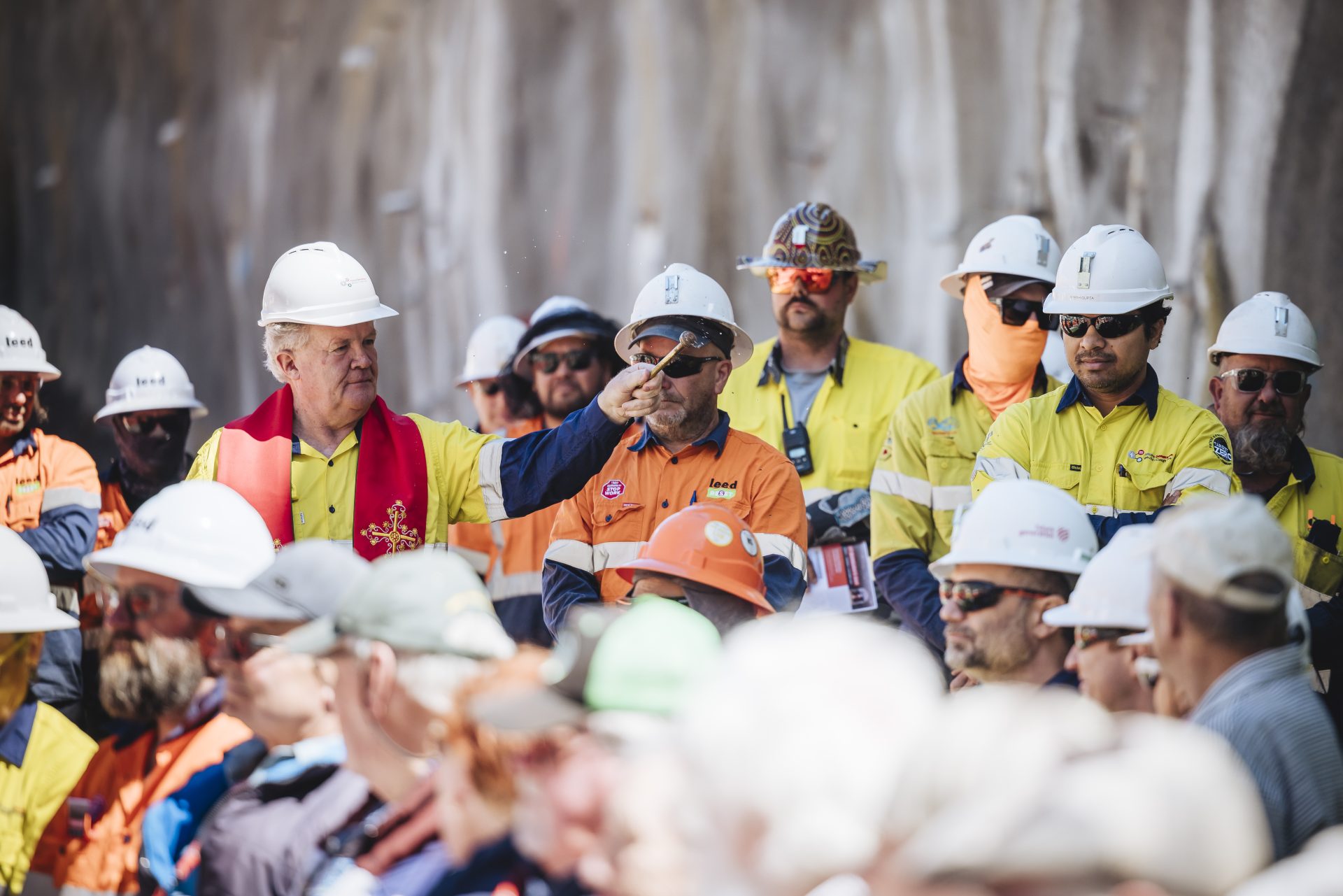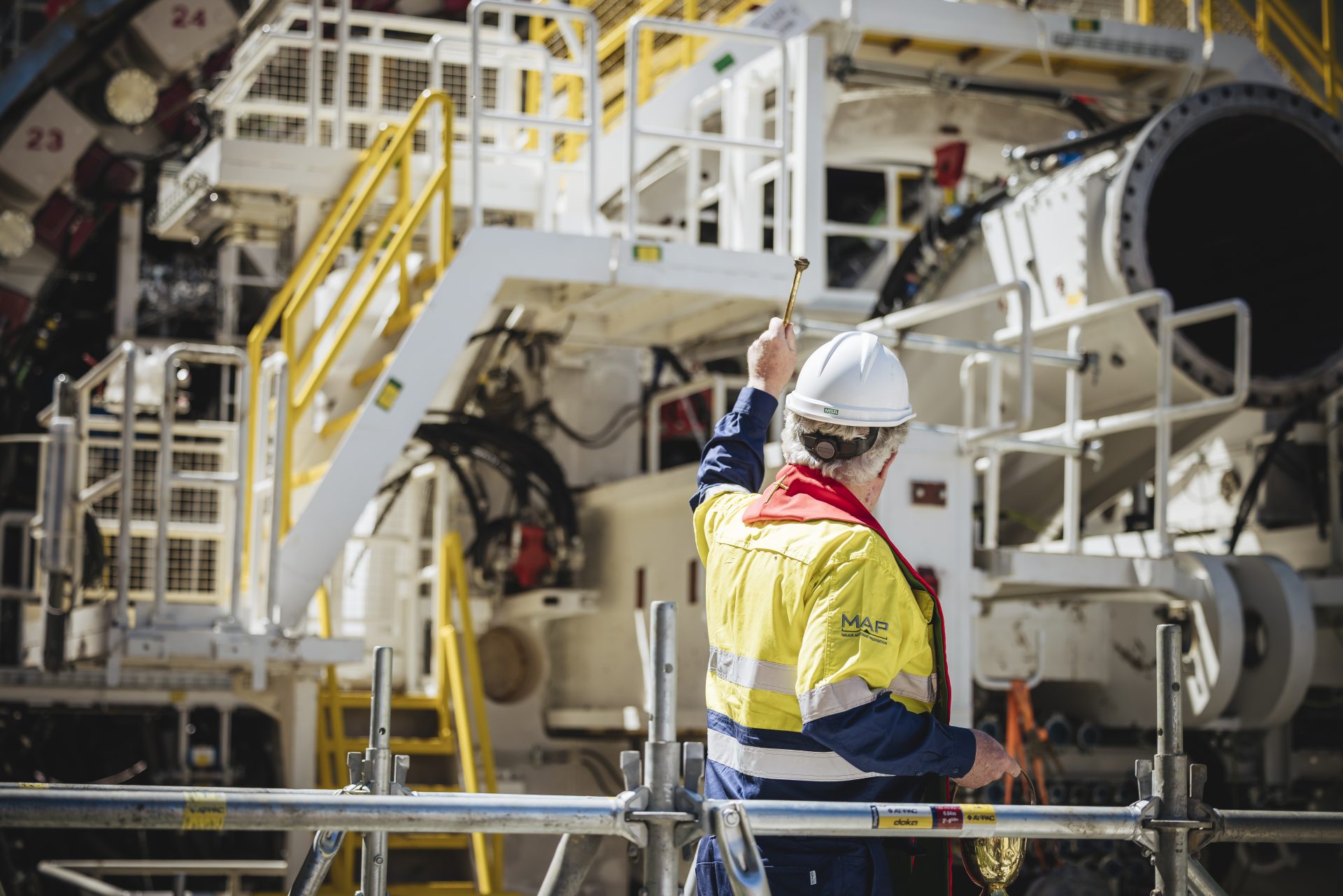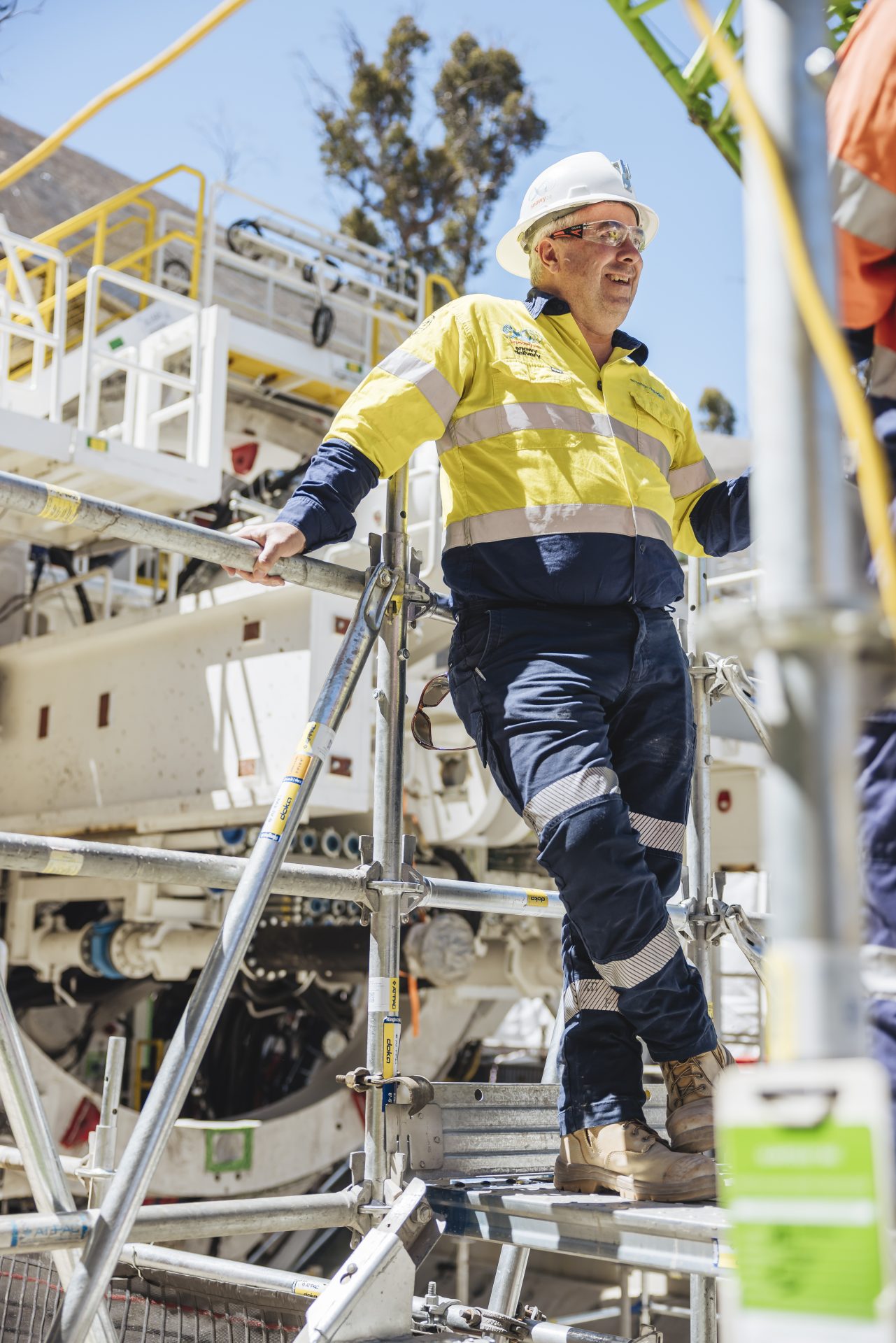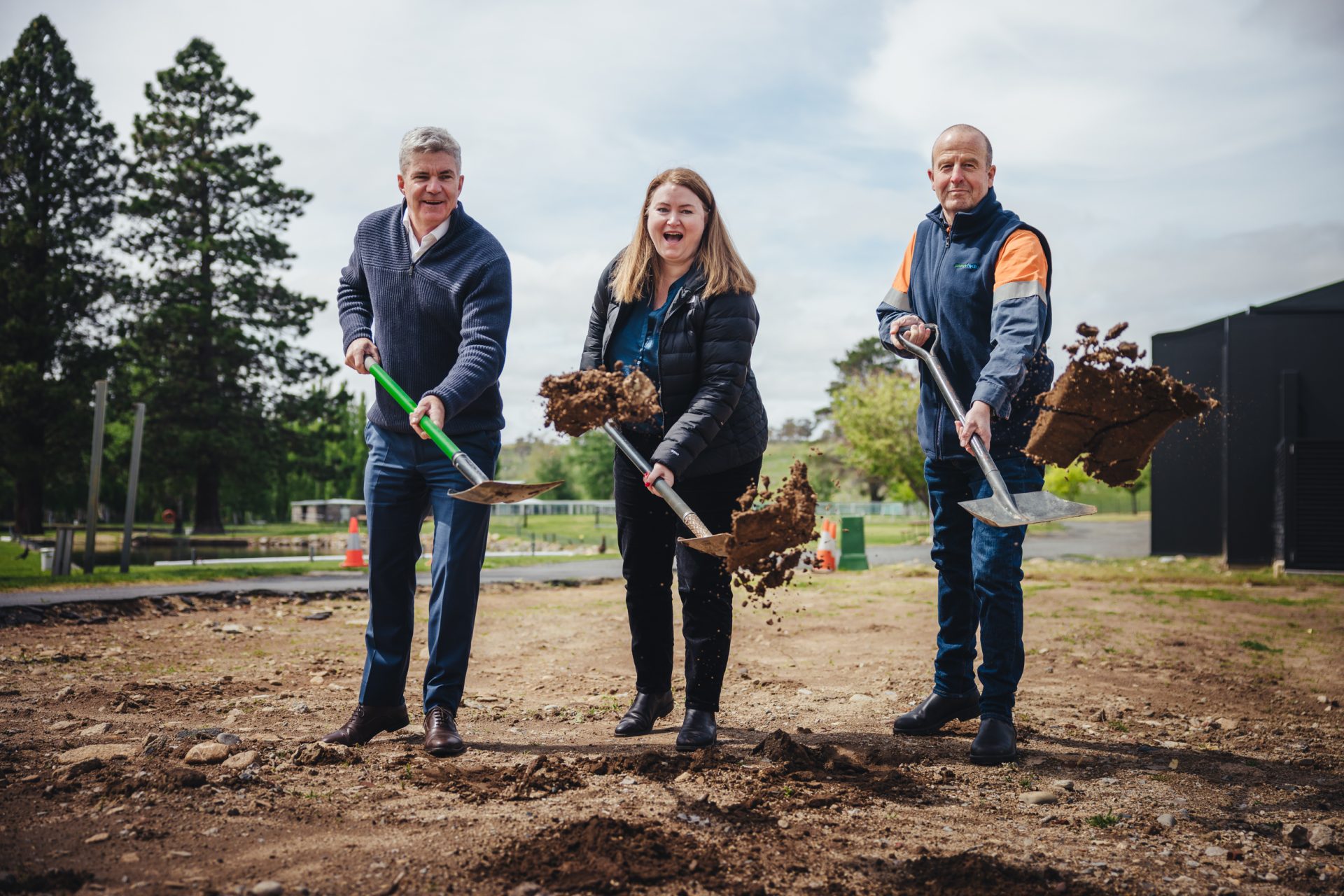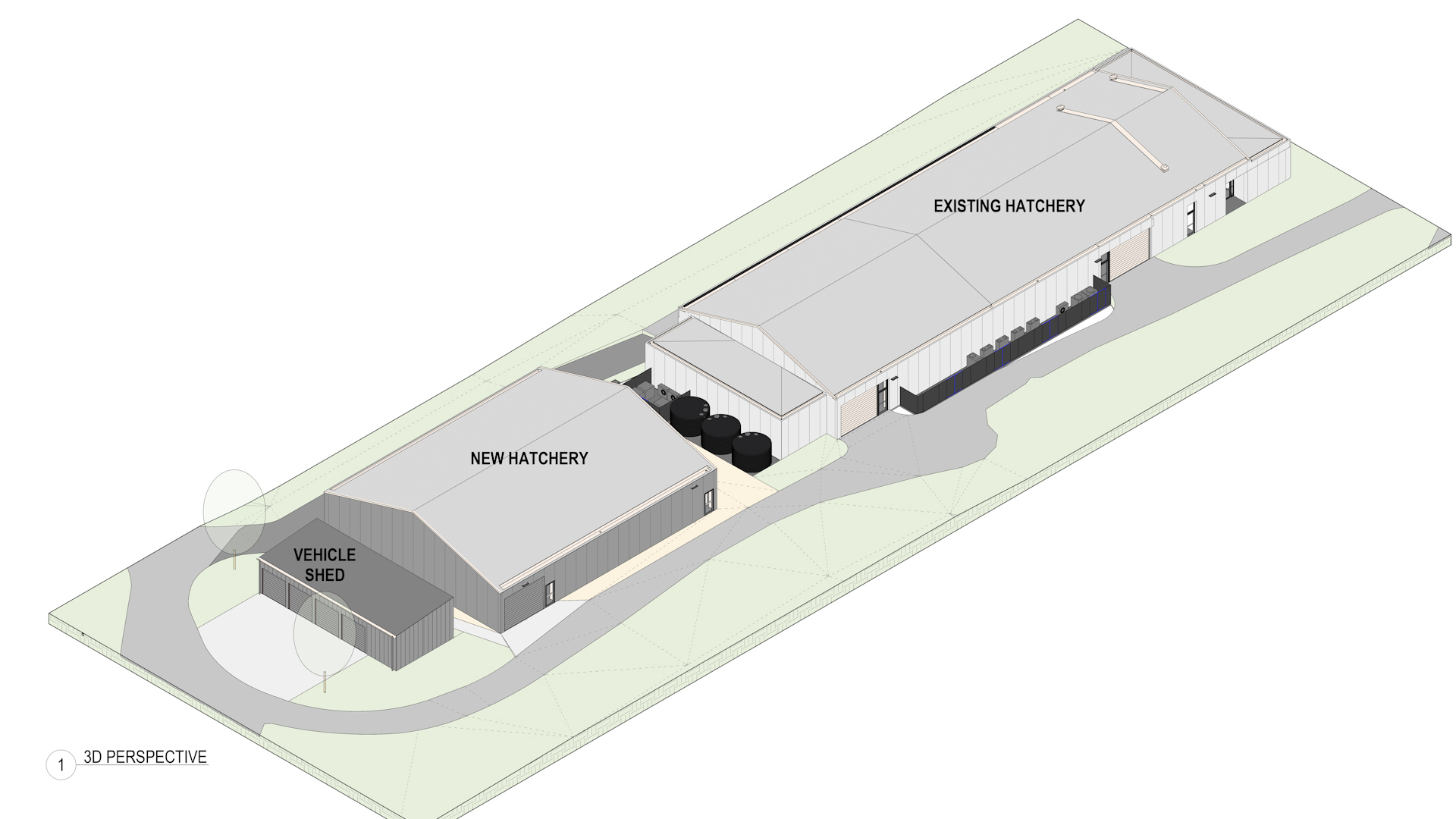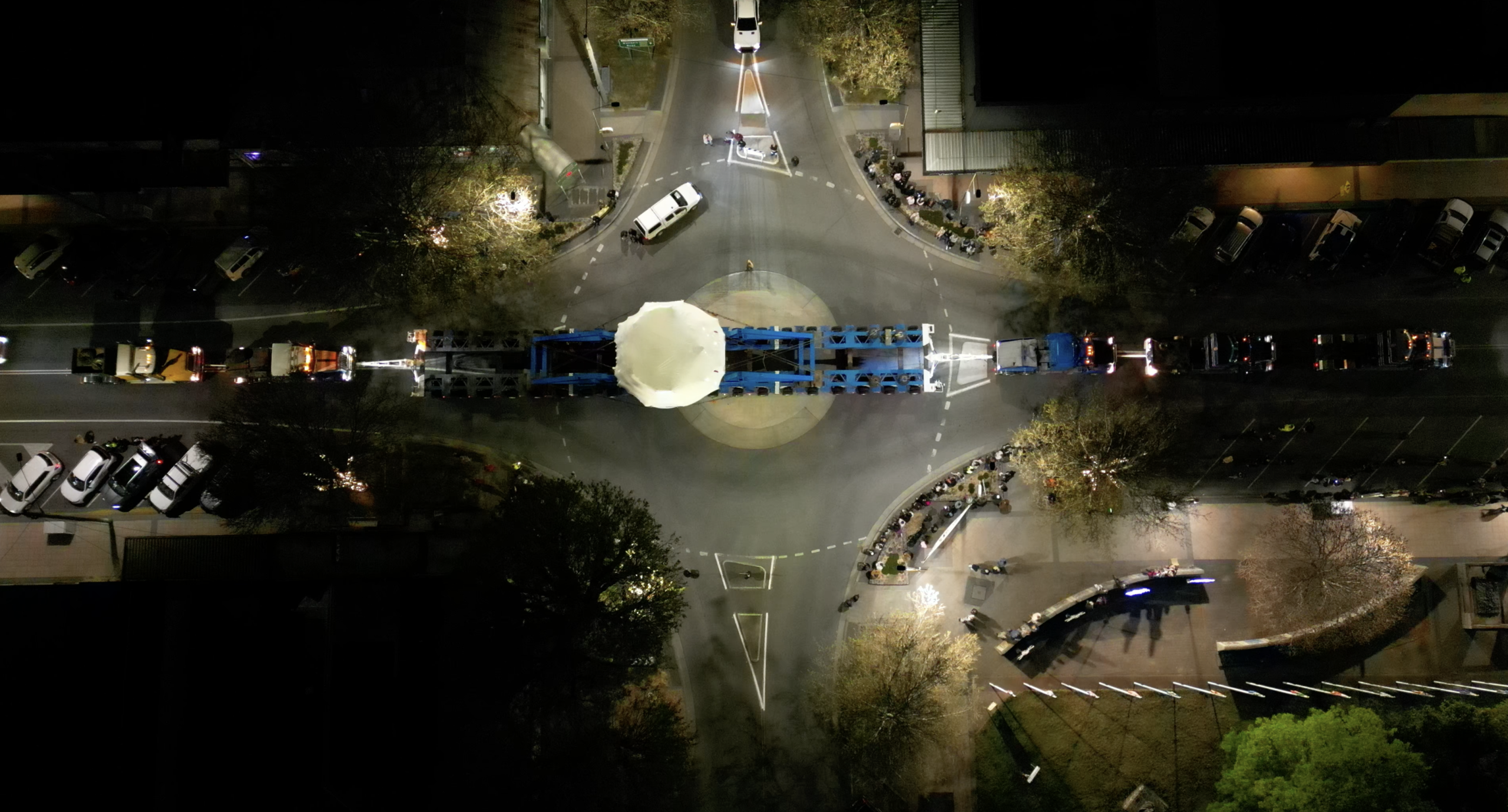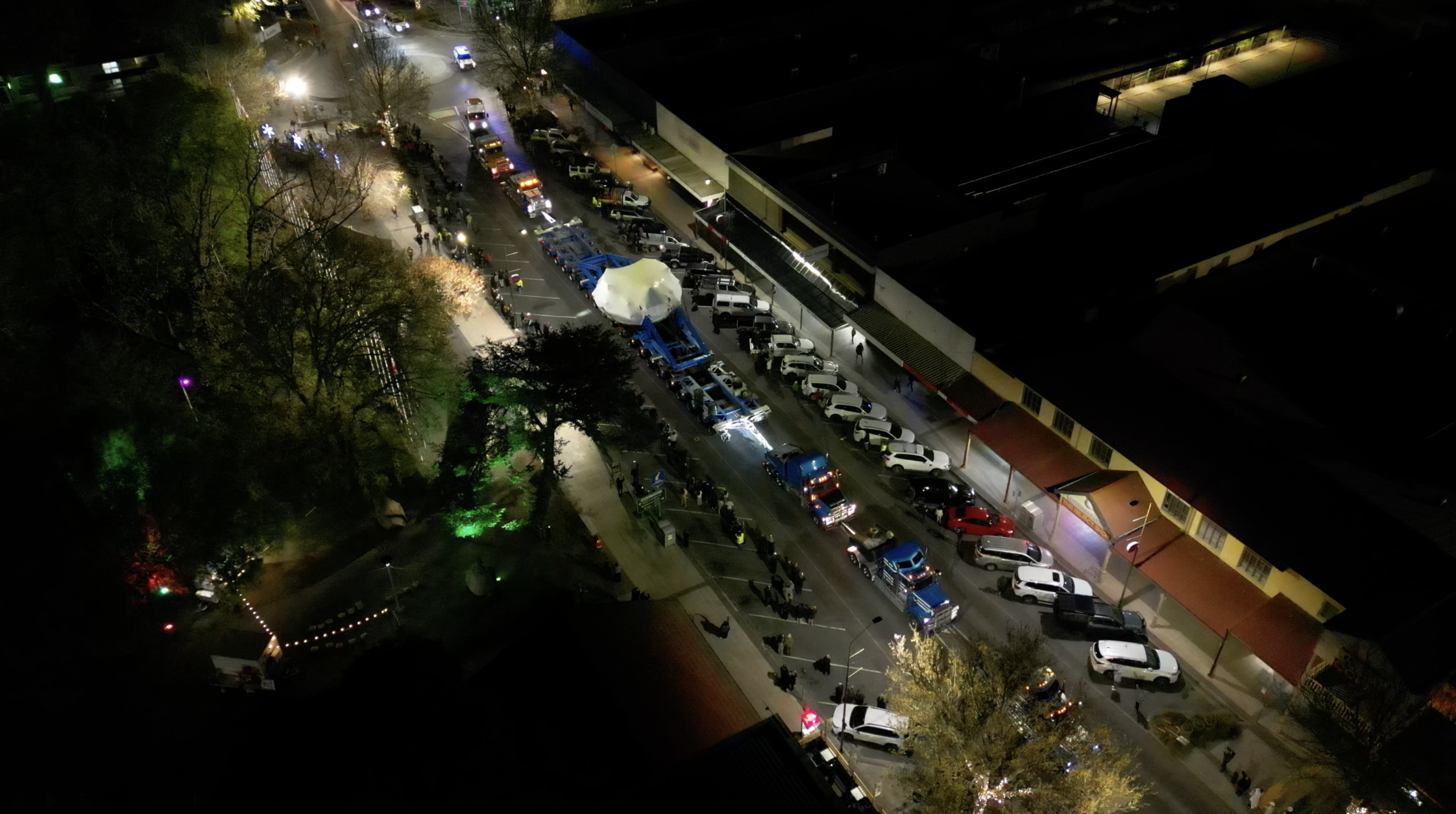Snowy Hydro continues to strengthen its critical role underpinning reliability while enabling Australia’s renewable energy transition with the signing of major energy contracts with Aula Energy and TagEnergy, securing new capacity in wind generation and grid-scale battery storage.
The long-term Power Purchase Agreement (PPA) with Aula Energy will see Snowy procure 120 MW of renewable energy from the Carmody’s Hill Wind Farm in South Australia.
Snowy has also signed a 15-year, 105 MW, four-hour virtual toll agreement with TagEnergy for the 150 MW Golden Plains BESS in Victoria.
Snowy earlier this year signed a 15-year, 220 MW, four-hour virtual tolling agreement with Akaysha Energy for the 311 MW Elaine BESS. The combined 325 MW of battery storage enhances Snowy’s ability to offer cost-effective solutions to mass-market, large-scale commercial and industrial, and wholesale customers.
Snowy Hydro CEO Dennis Barnes said the new contracts underscore the importance of on-demand and flexible capacity to ensure the National Electricity Market (NEM) remains reliable as baseload power options like coal retire.
“The agreements with Aula Energy and TagEnergy bring Snowy’s contracted wind, solar and battery storage capacity close to 2,200 MW and fosters the development of over 3,600 MW of renewables and firming projects in Australia, bolstering our ability to support Australia as it transitions to renewable energy.
“Our unmatched mix of on-demand power and pumped hydro energy storage is what makes renewables work, enabling three times the clean wind and solar to come online.
“These new contracts enhance our role as an end-to-end generator and retailer, supporting the strong growth of Snowy’s retail brands, which now serve more than 1.6 million retail customers.”
Aula Energy – Carmody’s Hill Wind Farm, South Australia
The 15-year PPA for the Carmody’s Hill Wind Farm reinforces Snowy’s position as a major enabler of renewable generation.
Expected to commence supply in early 2029, will support our retail load growth in South Australia.
“South Australia is a leader in Australia’s energy transition, and this agreement with Aula Energy reflects our confidence in the quality and strategic importance of Carmody’s Hill Wind Farm and the South Australian market,” said Mr Barnes.
Aula Energy CEO Chad Hymas emphasised the importance of enduring strategic customer relationships to help lead Australia’s energy transition.
“Securing this PPA with Snowy is a major step forward for Carmody’s Hill Wind Farm and for our commitment to deliver reliable, renewable energy in South Australia. Snowy’s leadership in the energy market reflects their position as a key customer driving change as we work towards a sustainable future.”
TagEnergy – Golden Plains BESS, Victoria
The Golden Plains BESS is expected to commence operations in late 2027 with Snowy securing a 15-year virtual tolling product for 105 MW, 4 hour capacity. For Snowy, this deal delivers the benefits of accessing storage products in the National Electricity Market without the construction and capital burden.
The Golden Plains BESS will work closely with Snowy’s current hydro assets and long-duration pumped hydro storage, including the Snowy Scheme and the Snowy 2.0 expansion to dispatch energy into the grid at peak times and remove excess when demand is low.
“We’re pleased to expand our partnership with TagEnergy, having previously secured 40 per cent of the supply from Stage 1 of their nearby Golden Plains Wind Farm. This new virtual storage agreement complements our portfolio of on-demand generation and gives us the fast-start power we need to quickly soak up excess wind and solar, and stabilise the grid at times of volatility,” said Mr Barnes.
TagEnergy Managing Partner Andrew Riggs highlighted the role of the Golden Plains BESS in the grid.
“The addition of large-scale energy storage at Golden Plains is another important step forward in achieving a more secure and flexible supply of clean electricity for the people of Victoria. It’s great to continue working with Snowy who has been an important partner for Golden Plains Wind Farm.”
